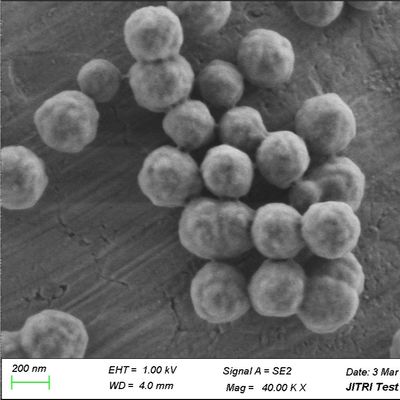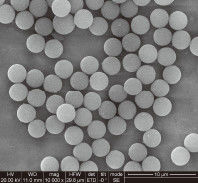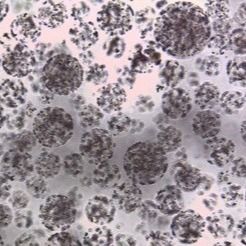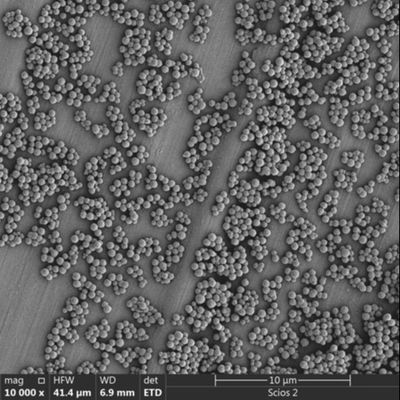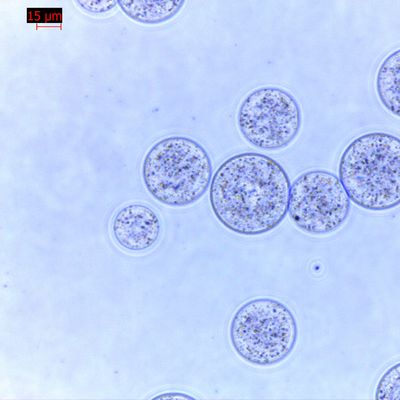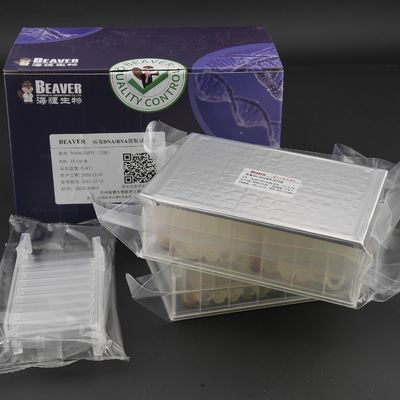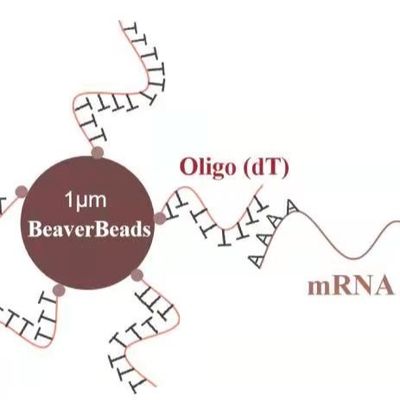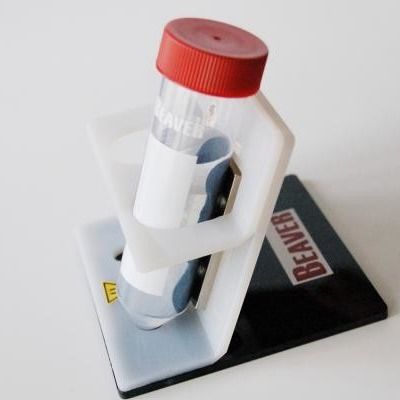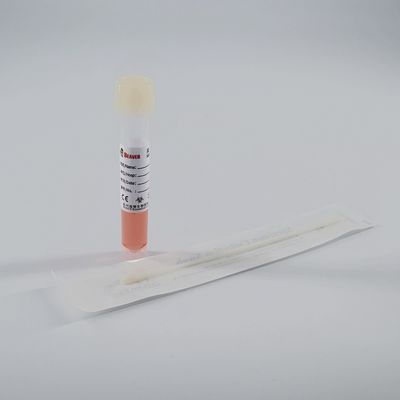In the realm of biotechnology, the biotin-streptavidin interaction is often hailed as one of the strongest non-covalent biological bonds known, forming the backbone for a vast array of highly specific detection and isolation applications. Leveraging this powerful bond, Streptavidin Magnetic Beads have become a cornerstone technology, enabling researchers and diagnosticians to rapidly and efficiently capture virtually any biotinylated biomolecule with unparalleled specificity and sensitivity.
What are Streptavidin Magnetic Beads? They are magnetic beads (which could have a core of silica, polymer, or agarose, depending on the application and desired properties) that have been covalently coupled with streptavidin protein on their surface. Streptavidin is a tetrameric protein isolated from Streptomyces avidinii that exhibits an extraordinarily high affinity for the vitamin biotin. Each streptavidin molecule can bind up to four biotin molecules.
The magic of Streptavidin Magnetic Beads lies in this robust interaction:
Biotinylation: The target biomolecule (e.g., DNA, RNA, protein, antibody, peptide, or even a cell) is first "biotinylated." This is a straightforward chemical process where a biotin molecule is attached to the target without interfering with its biological activity.
Specific Capture: The biotinylated target is then incubated with the Streptavidin Magnetic Beads. The streptavidin on the bead surface rapidly and tightly binds to the biotinylated target.
Magnetic Separation and Washing: An external magnet is applied, drawing the beads, along with their specifically bound biotinylated targets, to the side of the reaction vessel. All unbound, non-biotinylated contaminants are then easily removed through aspiration and subsequent washing steps.
Elution (Optional): In some applications, the purified biotinylated target needs to be released from the beads. Due to the extremely strong biotin-streptavidin bond, elution often requires harsh conditions (e.g., denaturing buffers or boiling) which can sometimes affect the target's activity. However, for many uses, the bead-bound target can be directly used in downstream applications without elution. Alternatively, cleavable biotinylated ligands can be used if gentle elution is required.
Why are Streptavidin Magnetic Beads so powerful and widely used for targeted isolation?
Exceptional Specificity: The biotin-streptavidin interaction is incredibly specific. If your target can be biotinylated (or an antibody specific to your target can be biotinylated), you can effectively capture it with minimal non-specific binding from other molecules in your sample.
High Affinity and Stability: The bond between biotin and streptavidin is one of the strongest non-covalent interactions in nature (dissociation constant, Kd, on the order of 10^-14 mol/L). This ensures stable capture and robust washing steps without loss of the target.
Versatility: Since almost any biomolecule can be biotinylated, streptavidin beads offer a universal platform for capturing a vast array of targets. This makes them adaptable for diverse applications across genomics, proteomics, and cell biology.
Efficient and Rapid Isolation: The magnetic separation principle allows for quick and easy separation of bound targets from crude samples or complex mixtures, significantly reducing processing time compared to traditional methods.
Scalability and Automation: Like other magnetic beads, Streptavidin Magnetic Beads are highly amenable to automation, enabling high-throughput processing in multi-well plate formats, crucial for large-scale screening and diagnostic assays.
Low Background Signal: The high specificity and low non-specific binding contribute to cleaner results and lower background signal in assays.
Key Applications of Streptavidin Magnetic Beads:
Nucleic Acid Isolation: Capturing biotinylated PCR products, probes for hybridization assays, or genomic DNA.
Protein Purification: Isolating biotinylated proteins, or using biotinylated antibodies for immunoprecipitation.
Cell Isolation: Enriching specific cell populations by targeting biotinylated cell surface markers.
Diagnostic Assays: Fundamental in many ELISA, lateral flow, and molecular diagnostic kits for capturing analytes or reporter molecules.
Immobilization of Ligands: Immobilizing biotinylated enzymes or antibodies for biosensor development or affinity chromatography.
In summary, Streptavidin Magnetic Beads leverage a fundamental biological interaction to provide an incredibly powerful, versatile, and efficient tool for targeted biomolecule isolation. They simplify complex purification steps, enhance assay sensitivity, and are vital for numerous advancements in life science research and diagnostics.

 Your message must be between 20-3,000 characters!
Your message must be between 20-3,000 characters! Please check your E-mail!
Please check your E-mail!  Your message must be between 20-3,000 characters!
Your message must be between 20-3,000 characters! Please check your E-mail!
Please check your E-mail! 
